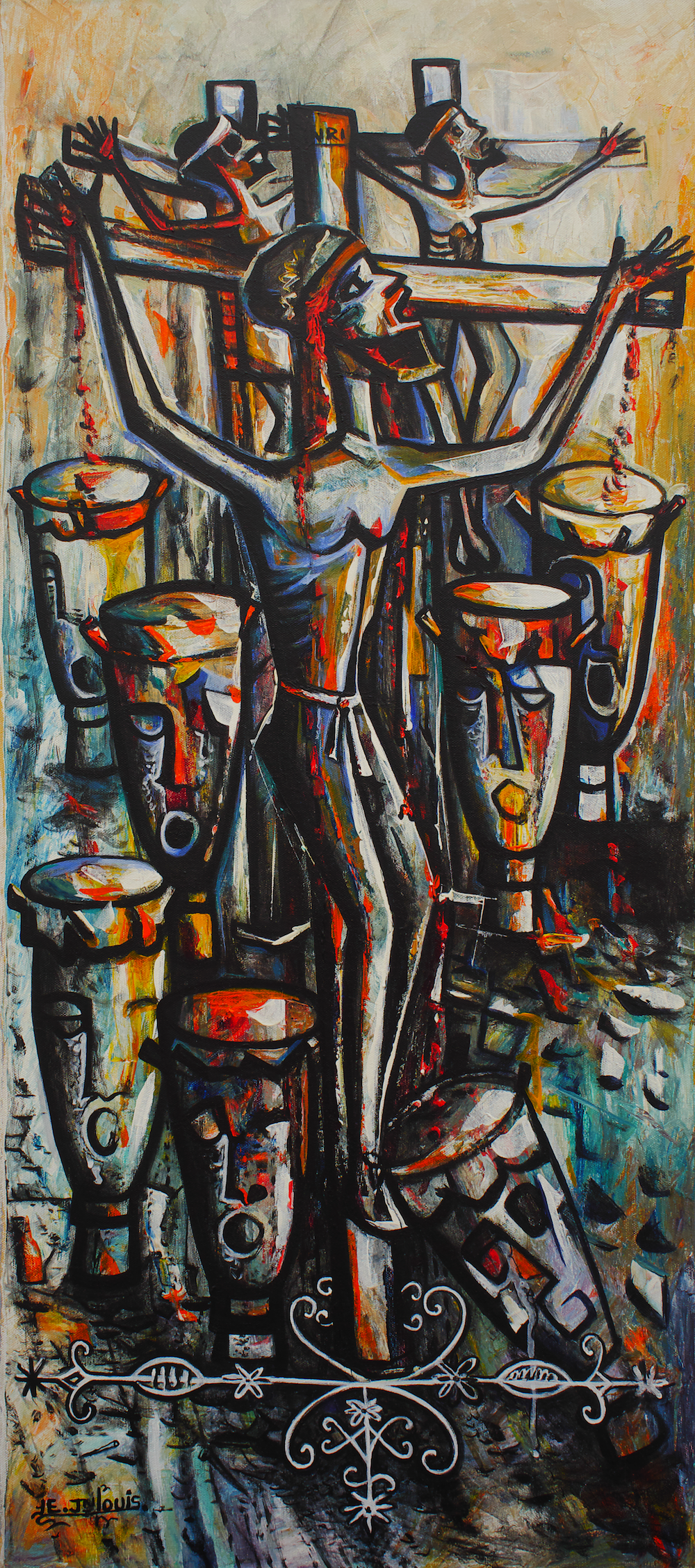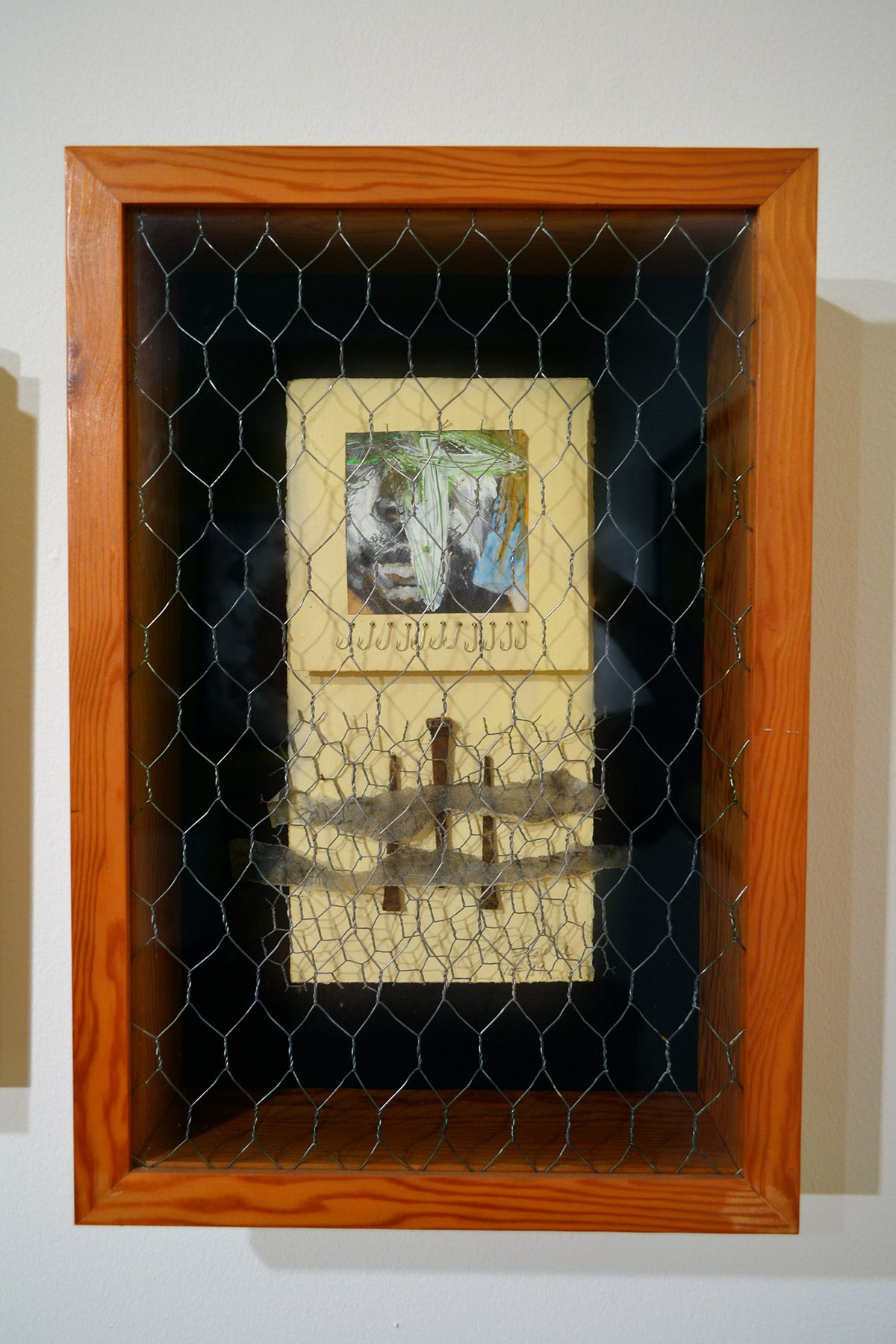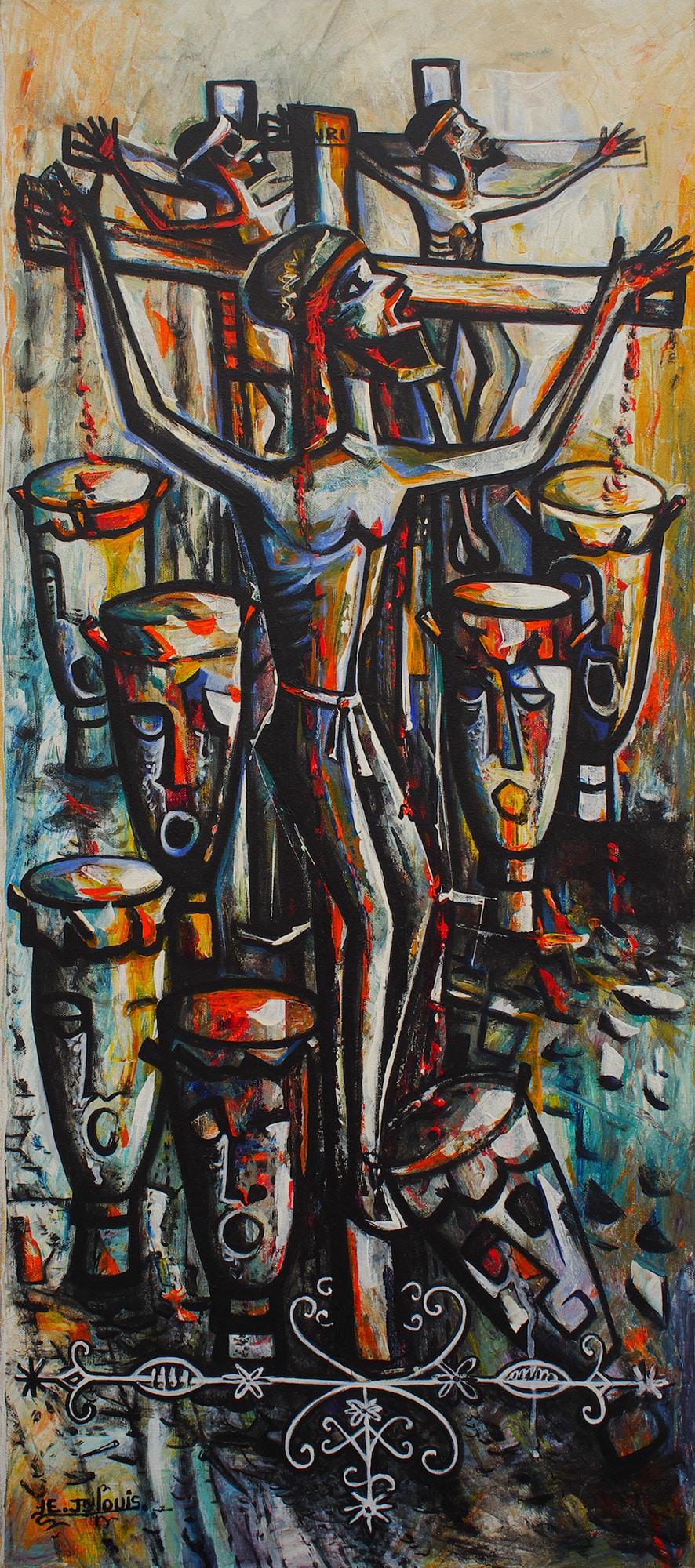
By Dr Ian Bethell-Bennett.
I borrow words from Haitian writer and activist Edwidge Danticat to start this piece “Nou Led, Nou La,” “We are ugly but we are here,” to express the sentiment against the “shithole countries” that have been accused for their suffering by powers that created it. And here we find ourselves again, in the ugliness of a non-racist, historical depiction of people and countries, even while some may be continents, that have been set a light by a history of gun-boat and dollar diplomacy, and representation that shows them to be nothing other than shithole countries with monkeys in the jungle.
Yet in the explanation we see not the underlying irony and the true meaning of paradise hidden in the foundation. This foundation is old and loaded with missiles and policies that were made to whiten Paradise and keep it safe for civilised folk, as Catherine Cocks argues in Tropical Whites (2013). Irony and pain are sewn into every speech that claims to liberate the shitholes, as it deepens and widens the mess that they are in. International policies to make Haiti pay for the Haitian Revolution and too ensure that Africa—the seat of civilization—could always be undermined by Western policies that, as Walter Rodney wrote, under-developed the continent.

John Beadle. “Emanon/not known (New Obeah Series)” (1999), mixed media, 18” x 12”. Part of the Dawn Davies Collection.
In the movies
Hollywood has cast the Caribbean and its African folk as deeply ‘superstitious’ an inferior word not akin to the religious, but pre-religious. We are ‘famed” for producing “primitive” art, a term that lessens that practice, though promoting it in a quaint and insipid kind of way. This strategy was also used in promoting the early film Island in the Sun (1957), starring the not-white-but-close enough and constantly exoticized Dorothy Dandridge and Harry Belafonte, who remained committed to the battle against racism and racist stereotyping throughout their careers
In Hollywood ‘in those days’ Blacks, women, and Latinos were limited in the work they could do. So we get the construction of racist stereotypes like Carmen Miranda’s image—which became a stock representation of the inferior tropicality of women—where Hollywood would pick up images and play these negatives stereotypes out on the screen. It reinforced the beliefs of the general population and served as an unofficial type of policy machinery that could spread with little resistance. This popular culture would reach every corner of the film-watching world and create a policy counterpart that worked in tandem with the U.S. Monroe Doctrine, the Platt Amendment, Army Appropriations Bill, The good neighbour policy (under President Franklin D. Roosevelt) and the now-infamous statement “he may be a son of a bitch, but he’s our son of a bitch,” which was said of Anastasio Somoza and Leónidas Trujillo, (both notoriously brutal and right wing US-backed dictators of Nicaragua and the Dominican Republic, respectively).
If we read Mario Vargas-Llosa’s La fiesta del chivo-The Feast of the Goat (2005) we see it clearly. Yet we have become an illiterate and anti-learning society that praises rumour-mongering social-media, without any intellectual engagement and then gaffes about, quips on, and throws insults at petty little leaders in Banana Republics who have no knowledge of anything except—and this must be underscored—they were the henchmen put in place by notoriously self-serving large corporations ‘back in the day.’
Somehow, our present day malaise has allowed all of this to have gone the way of water off the duck’s back, only the water is drowning the duck, something unheard of in nature. One time ago, leaders could not make such missteps and especially not in public. Today, though, we can call Africa a country, heading down the same lines that Conrad did in Heart of Darkness (1899) and the nightmarish scenes of drum-beating, fire-dancing and false-god-worshiping natives in many depictions of Latin America and the Caribbean. Lest we forget these images haven’t evaporated, rather, they retain their currency in the tourist videos and brochures of today. However, the un-tempered, scathing condemnation for Africa and Haiti, two countries, along with El Salvador, that have suffered tremendously under the kindness of U.S. foreign policy, is perhaps unmatched.
In Something to Declare (1998) Dominican-American writer Julia Alvarez discusses the U.S. support for the son-of-a-bitch Trujillo, and then captures the liberation of women through his assassination in, In the Time of the Butterflies (1994). Her work found a contemporary companion in Edwidge Danticat’s The Farming of Bones (1998) about the awful Trujillo-led, anti-Haitian, anti-black 1937 massacre that was never decried by the U.S. These two writers bring light to misery and re-voice a history that is quickly, or was quickly being forgotten. Both writers have become advocates in their work because of their strong voices against statements and sentiments like Thomas Carlyle’s “dog-kennel” metaphor for Haiti and his idea that more whites needed to be incorporated into the scene in order to civilise the space. Catherine Hall explores this in White, Male and Middle class (1992).

Eric Jean Louis. “The Crucifixion II” (2007), acrylic on canvas, 48” x 43”, 2009. Image from the D’Aguilar Art Foundation.
When we forget, we forget that…
The relationship between Haiti and the Dominican Republic is tense and has been that way for decades. It has also been fanned by US imperialism that sought to defeat Spanish imperialism and oust Communism from the region, and so empowered dictators to aid in their efforts and ‘civilise the masses.’
Historically, Haiti has been portrayed as the worst nightmare in this hemisphere. The repetition is unmistakable. Paul Farmer and Norm Chomsky work on projects that examine the history of deploying negative images of Haiti and colonising the popular imagination with them. Haiti is a scapegoat for everything bad in the Caribbean. As people have said, they are AIDS-carriers and voodoo-worshippers, all of which are negative, full of darkness and never explained. It remains, though, one of the most resilient places on earth. It must also be remember that the U.S. created and then maintained the Duvalier dynasty. With their removing of Aristide from office during the Bush administration, little has changed. To be sure, the image is held ‘dearly’ in a strongly and intricately-woven prison of foreign policy, popular imaging and de-politicised, neoliberal investment in regional development from the ending of the Lomé agreement through Caribbean Basin Initiative, and Shiprider Agreement. These images have been deplorable and remain racialised and deeply offensive. When Danticat spoke to Democracy Now in “Today we mourn, tomorrow we fight,” she states:
“If we are a poor country, then our poverty comes in part from pillage and plunder. In the 1980s, the US government–claiming that Haitian pigs had swine fever–participated in the extermination of nearly every native black pig, which represented some families’ entire life savings. These same farmers were then “encouraged” to buy the pampered pink pigs of US farmers. This is only one of many examples I could list.”
The pink pigs were a devastating economic blow to Haitian families and farmers because unlike the indigenous black pigs who could thrive on almost anything, they could eat rubbish and needed little care, the pink pigs needed a first-world kind of caring that would bankrupt anyone who was not provided a substantial subvention from the state to farm.
Fighting back?
For the most part, Haiti has suffered the brunt of the poisoned aid package. Nothing has ever been given without Africa and, indeed, Haiti having to fight for it. In the case of HIV antiretroviral drugs, there was a huge fight in the late 1990s and early 2000s around this. The fight has been wildly forgotten, all that is remember is the saviour who gave the drugs to African countries. Nothing is free!
We forget the significance of the Haitian Earthquake of 2010, which was really a Caribbean-wide cataclysmic change. We will also forget the anti-Puerto-Rican and uninformed misinformation freely handed out about why the American Commonwealth cannot recover from Hurricanes Irma and Maria.
Silence, sadly, means consent. We speak not of the criminal element that is built daily by numbers of repatriated criminals who were arguably born here, but have never been here since they were born. We speak not of the radiation, the bases, the bananas and pineapples and contamination that have been gifted to us and taken away from us, as hand come hand go, yet the contamination remains. Paternalist diplomacy means that we are now a protectorate of the mighty neighbour to the north where there is no love for Blacks, as Selma (2014) –Ava DuVernay’s historical drama–attests.
When Vargas-Llosa wrote La Fiesta, the damage done by Trujillo was almost forgotten, except by those who were directly impacted. Galeano’s The Open Veins of Latin America (1971), works by Juan Rulfo, Carlos Fuentes, Haitian writers Jacques Stephen Alexis and Jacques Roumain demonstrate the paucity of remembering the pain and allowing us to be sidelined that have many times peopled the United States and provided them with much needed labour. However, given that the pain and suffering so poignantly articulated in Selmais being brought back to life and visited on black bodies in the USA in 2017, yesterday, and today, we should not wonder that we are told of our shitholes.
Perhaps the best way to sum it up is through the marvelous magical realism of Gabriel García Márquez in One Hundred Years of Solitude (1967), where protagonist, José Arcadio Segundo, survives the massacre of around 3,000 sugar workers who were tricked into attending a meeting to smooth over harsh feelings of exploitation on the plantation, modeled after the massacres that took place on United-Fruit-Company plantations. There was no memory of the massacre in the town when José Arcadio Segundo returns. The blood has been washed off, the memory expunged.
Hollywood is apparently no longer racist, nor is it misogynistic, just as Dove and H&M do not use anti-minority ad campaigns that are not racist. The latest H&M ad is arguably the most direct use of old language in a new wineskin, ‘Coolest Monkey in the Jungle’ can be sanitized by a white imagination, but the negative charge remains. It is the culprit.
The language used to discuss shithole countries is important because it shows how quickly we forget the vagaries of history and occupation especially under the Monroe Doctrine that allowed and perpetuated years of managing the same shithole countries in the Caribbean that have never been able to recover. One does not have to be a racist oneself, one need only sound the fury bells, create the environment, and disseminate the language to set the tone.
Art, be it painting, photography, wood carving, movies, musicals, novels, travel narratives, is a treasure trove, and, along with foreign policy, promotes a vibrant anti-monkey in the Jungle audience who can sit by and watch how chocolate melts in the sun, or throw bananas down on a football field where international players from former colonies represent European countries.